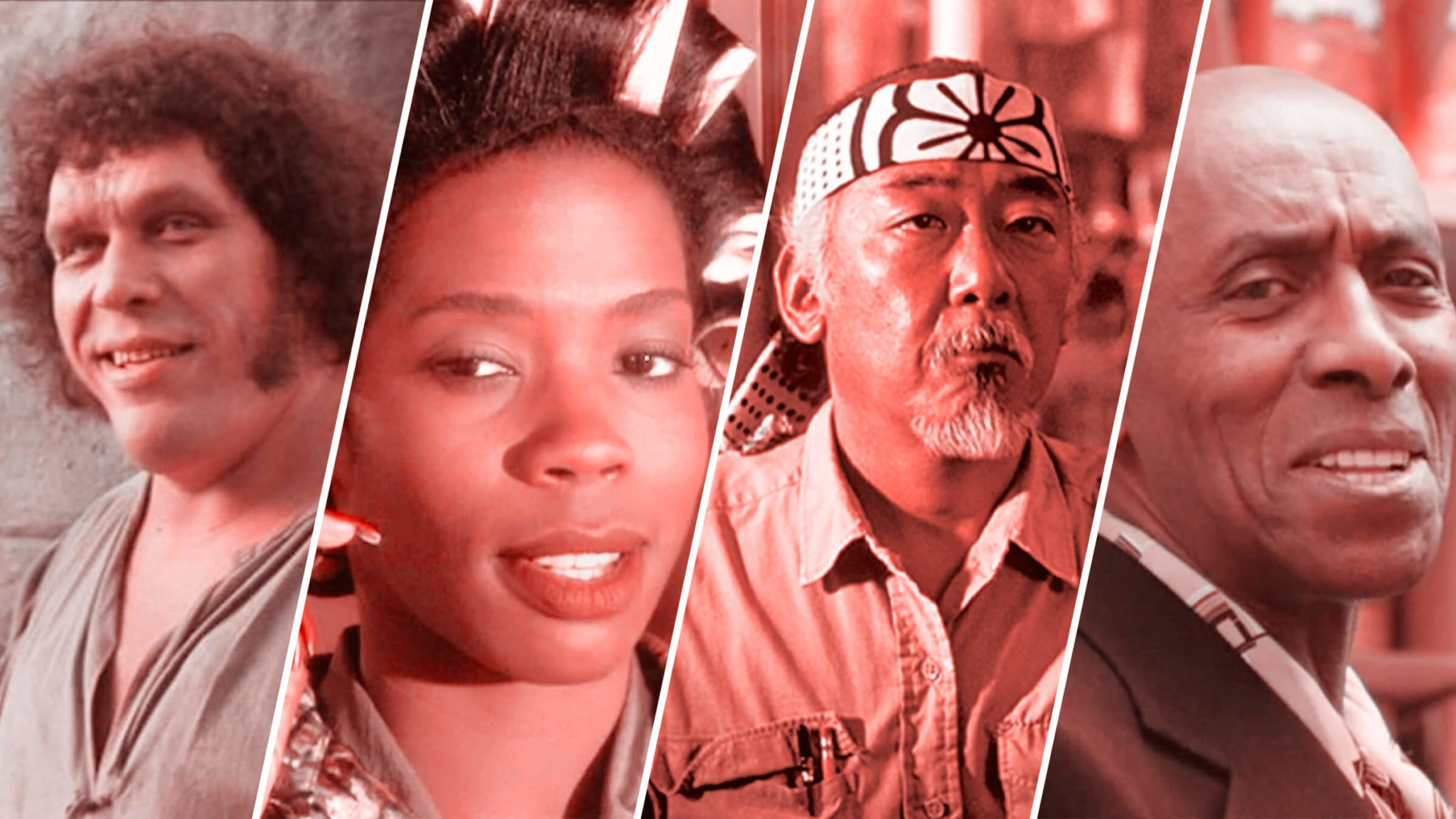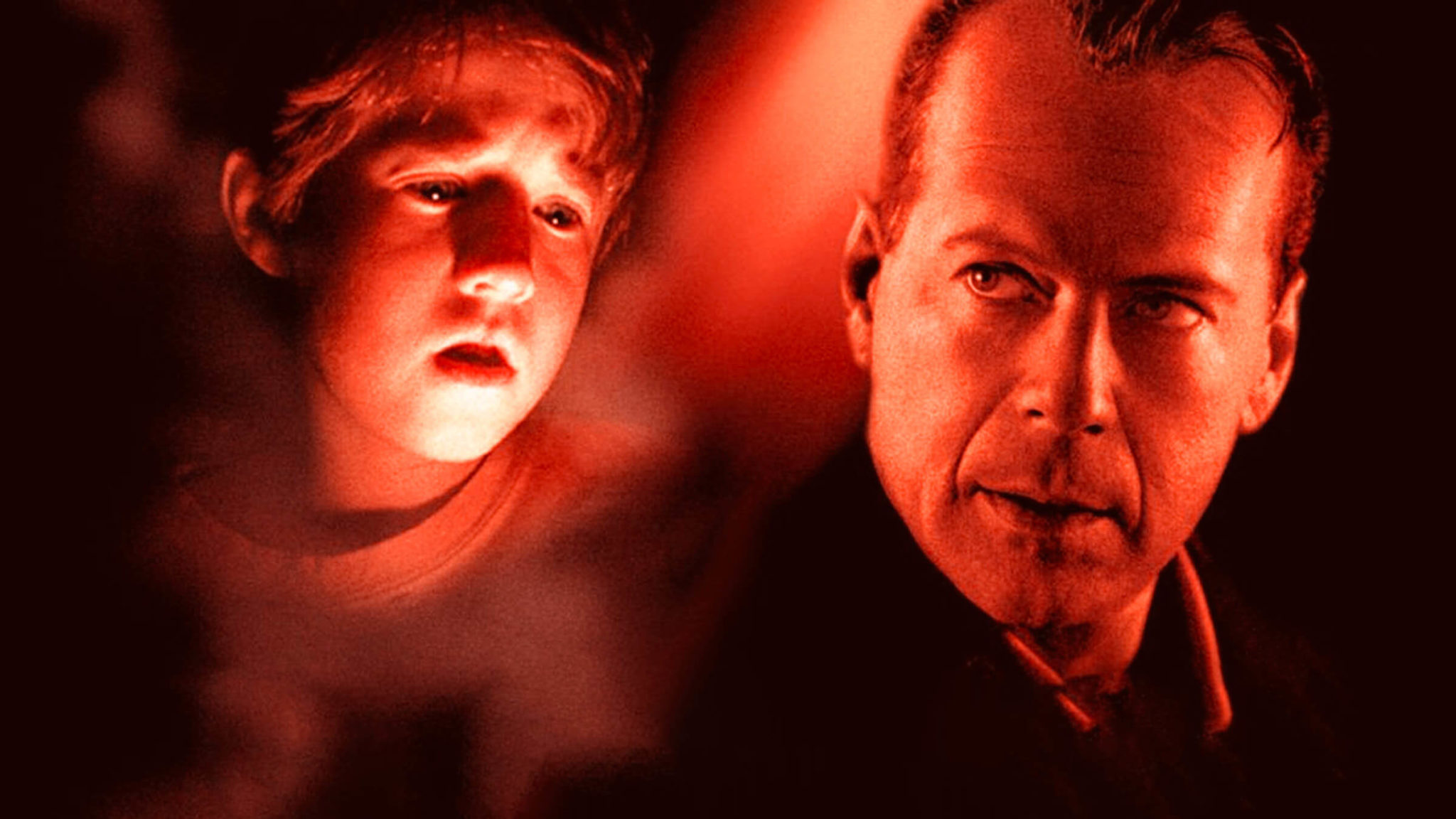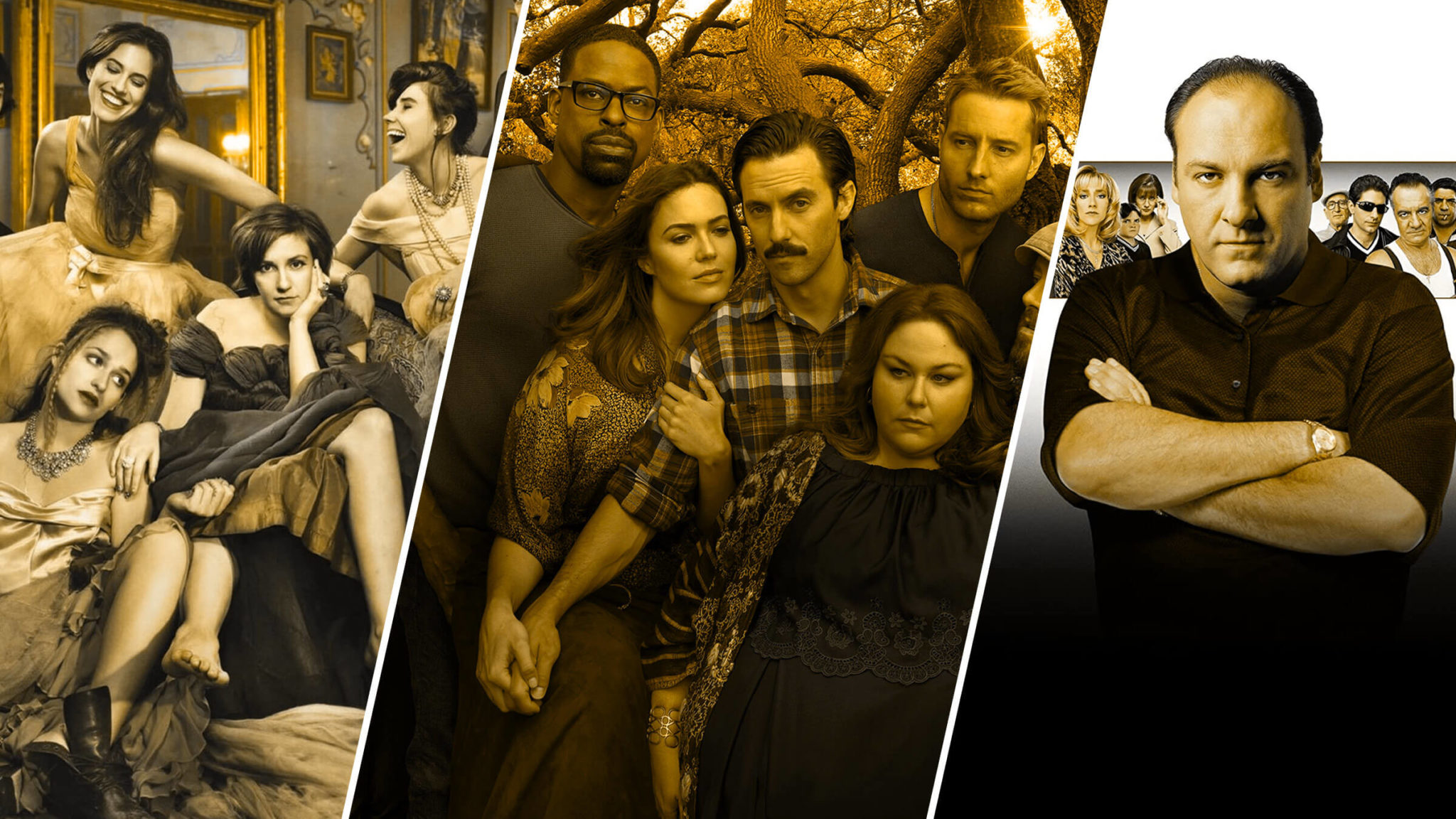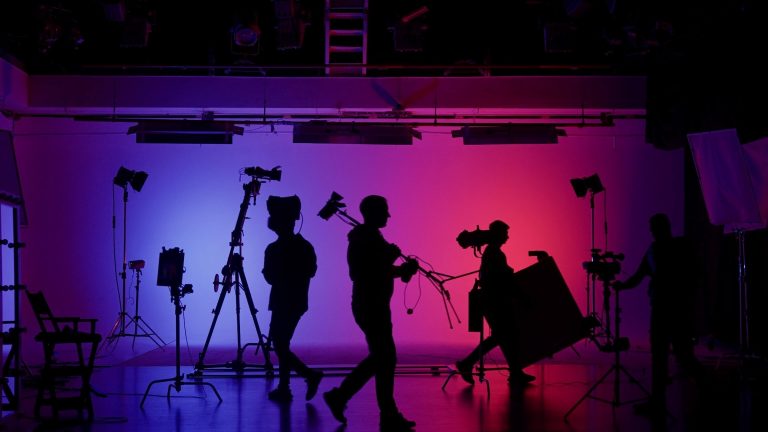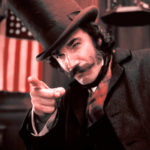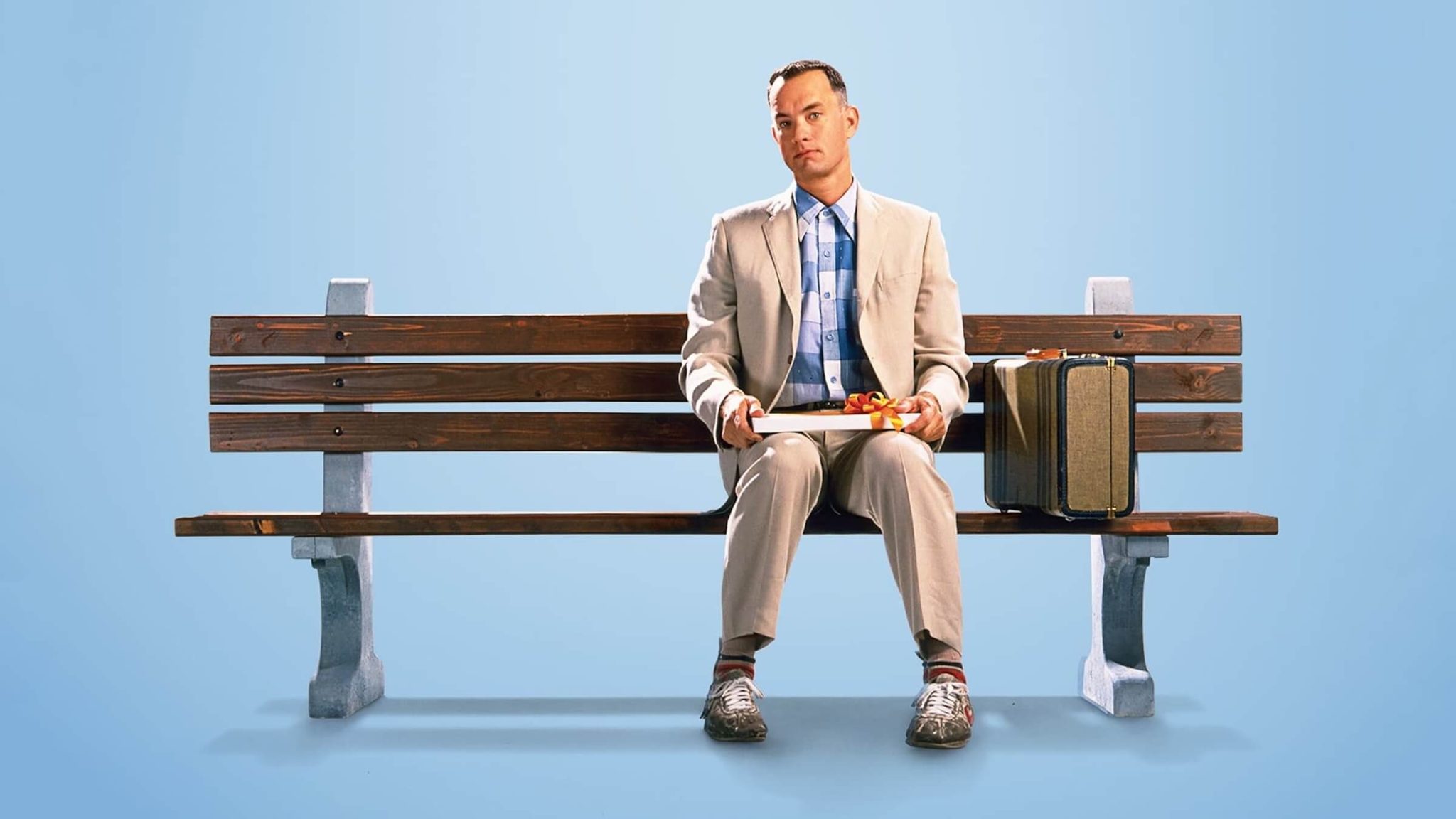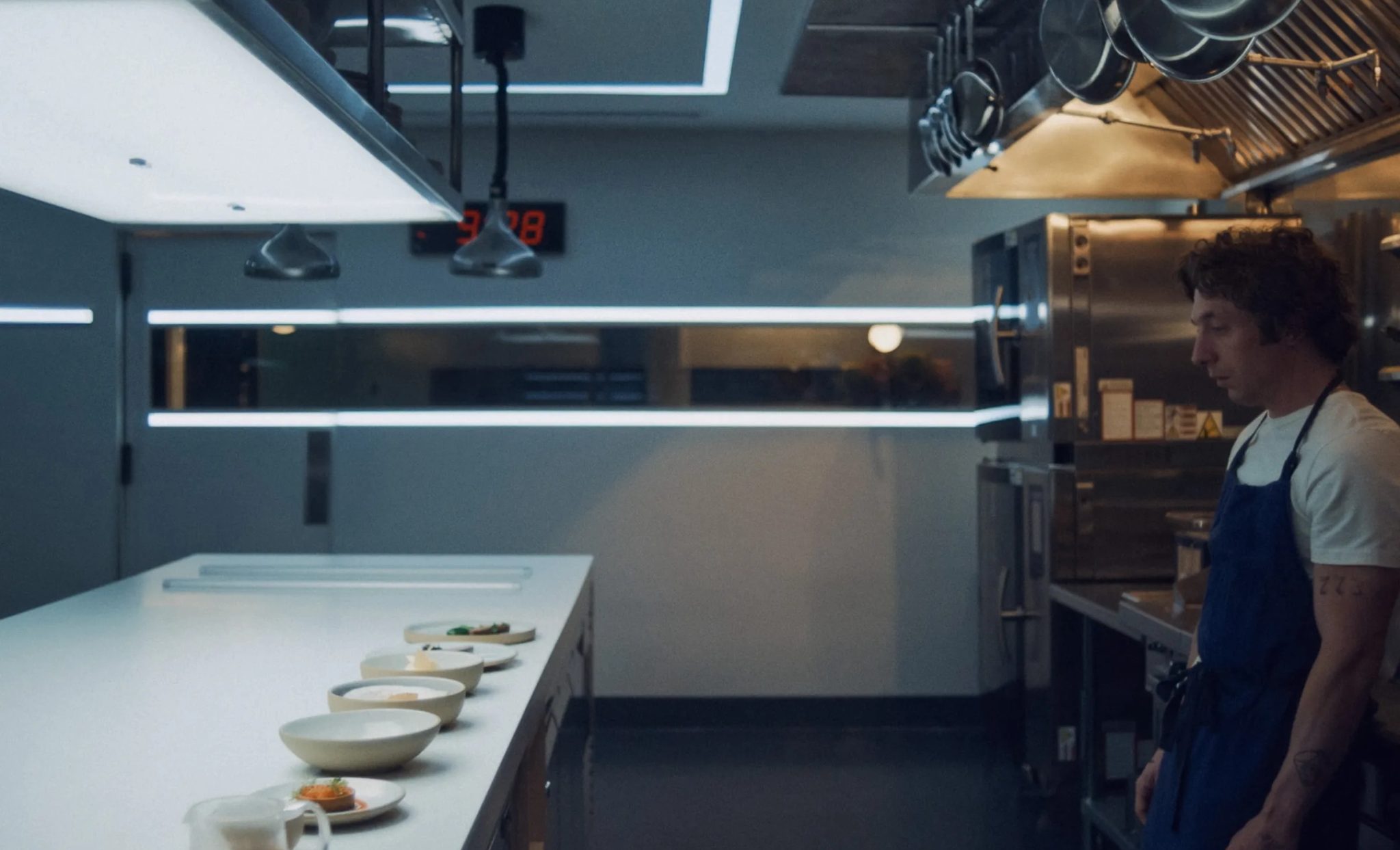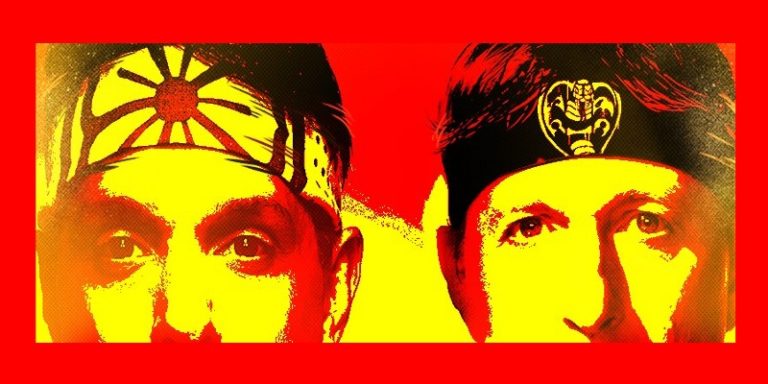
What screenwriting lessons could the success of Cobra Kai teach you?
Let's be honest — when we saw that Youtube Red was developing a thirty-minute series showcasing the continuation of the Karate Kid franchise told through the eyes of the original's antagonist Johnny Lawrence, most weren't thrilled with the concept.
When the first teaser trailer for the series debuted, however, the potential was clearly evident.
But curiosity doesn't last that long and one or two episodes could have easily killed any interest. Thankfully, the show was a hit, garnering a full second season order just a couple of weeks after its debut.
Here we take a quick look into this series and try to decipher how a seemingly "surefire, ill-conceived dud" managed to shock the masses and become a beloved hit — and what screenwriters can learn from these lessons.
Returning to the World of The Karate Kid
Thirty-four years had passed since Daniel-san (Ralph Macchio) defeated the quintessential bully Johnny Lawrence (William Zabka).

Throughout the years since, after Macchio had starred in one good and successful sequel (The Karate Kid Part II) and one bad and unsuccessful sequel (The Karate Kid Part III), the franchise floundered until it was revived for one single reboot produced by Will Smith and his production company Overbrook Entertainment in 2010, starring Smith's son Jaden Smith as a different protagonist. The reboot was a hit, but no sequel followed.
Over the years, Macchio and Zabka were approached now and then for various pitches, but it wasn't until recently that Hot Tub Time Machine writer Josh Heald and Harold & Kumar writers Jon Hurwitz and Hayden Schlossberg pitched them both a new series that would continue on with the story.
"Over the years, certain bad pitches were thrown in front of us," Macchio told Vulture. "Jon Hurwitz, Hayden Schlossberg, and Josh Heald, had a such a clear vision. It’s fresh and relative, and they’re the biggest Karate Kid fanboys I ever met. It’s Star Wars to them, and they wanted to preserve the nostalgia and the legacy of what the film was. On top of that, we’re at a time now where streaming services have the ability to tell a five-hour movie and cut it up into ten parts. All that came together, and it was just the right time for me, because I did say no for 30 years."
Zabka chimed in by saying, "I worked with Josh on Hot Tub Time Machine, and they emailed me one day and asked if we could have a meeting about a project. We went to a restaurant, and they brought out Cobra Kai and wouldn’t let me order — we just had chips — and they ended up pitching the whole thing."
With the two original stars committed, the show was a go with YouTube Red giving them full freedom to do whatever they'd like.
"It was important to us that what we’re making was a true continuation of those movies,” Jon Hurwitz told Variety. "It becomes more of a comedy in certain ways, and the tone may have a certain edge to it because of the Cobra Kai angle, but the themes from the original movie you will feel throughout the series in a major, major way."
1. Nostalgia Isn't Everything
It's clear that the show had the potential to embrace the ongoing trend of 1980s nostalgia. We've seen successful books, films, and television series capitalize on the audience's nostalgia from that iconic pop culture decade — one that has reached past Generation X and captured the likes of Millennials and Generation Z as well. Stranger Things and Ready Player One have reinvigorated that nostalgia even more.
But nostalgia isn't enough. And that is a notion that Cobra Kai embraces.
1980s nostalgia — or any particular point and place in pop culture time that audiences are drawn to — is an element that screenwriters can certainly use to their advantage, but it's how you use it that matters most.
Used as a backdrop to create a certain tone and atmosphere, nostalgia creates an experience for the reader or audience — one that touches on their memories and special places in their hearts. There's a power to that type of content. It's engaging and, in some ways, almost magical.
For those that didn't live in whatever era is featured, it offers the feeling of time travel — of actually experiencing a time and place that so many revere.
Ready Player One certainly pushed the boundaries of tone and atmosphere versus over-reliance, but that was kind of the point of the book and eventual film.
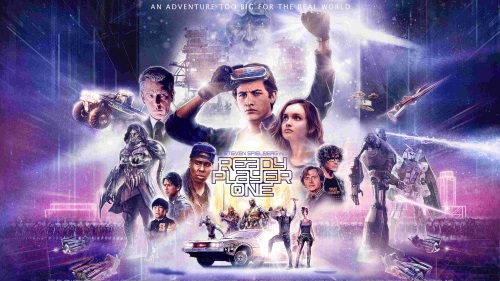
Stranger Things wisely utilized nostalgia as a backdrop to otherwise strong genre storytelling and characterization.
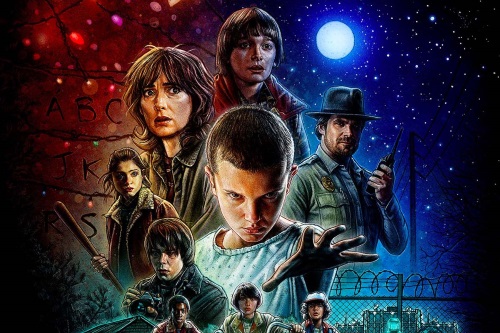
Read ScreenCraft's How to Sell Your TV Series the STRANGER THINGS Way!
Cobra Kai is less time travel and more of a look back to those nostalgic times — and how things and people have changed, or not changed. And that is where the show masterfully uses nostalgia as a tool to engage, whether it's through quick flashbacks, props and names that we remember, or witty nods to the original.
But there's never a reliance on that nostalgia. Instead, it's a mere launching pad to explore these two characters.
2. Gimmicks Don't Last
Bringing back these two characters from the original film and franchise is nothing more than a gimmick if there isn't any character depth to explore.
Beyond that, there exists a gimmick within the folklore of the original film. The "Daniel Was the Bully" fan theory began a few years back leading to a fun — and sometimes creepy — following that swore by the notion that Macchio's character was actually the bully within the film, not Johnny.
At first glance, Cobra Kai is playing on that gimmick — that Daniel is actually the antagonist in the story. But how far can that gimmick be taken before it grows old?
Many screenwriters misconstrue gimmicks as viable concepts to explore — whether it's a teenager that has superpowers or a kid that discovers he can control the outcome of wars in the real world as he plays Fortnite on his Xbox. Those are nothing more than gimmicks until you attribute themes and character arcs that use those gimmicks as launching pads for great storytelling.
Cobra Kai thankfully steers away from the straightforward gimmick of Daniel being the antagonist. And the series accomplishes this by offering character layers between, within, and around the core characters of Daniel and Johnny and the supporting cast of characters.
3. Character Is Everything
Instead of just flipping the roles of Daniel and Johnny from protagonist versus antagonist to antagonist versus protagonist, the series manages to tell both points of view from each character's perspective. This creates a compelling narrative that makes us root for and against both of these characters for a number of different reasons.
Daniel and Johnny are protagonists and antagonists for each other as the series goes on — and that is how the audience perceives them as well too.

You could be writing a drama or comedy feature or television series and have securely portrayed protagonists and antagonists — but the more compelling and engaging story is when we feel for each of them in different ways. Where the lines of protagonist and antagonist are blurred.
Even when screenwriters are writing villains, the more engaging villain is always one that we can relate to somehow, perhaps telling ourselves, "Yeah, I'd probably do the same thing if I was in their shoes."
Or if we don't go to that extreme thinking, perhaps we at least understand why they are the way they are.
That's where Cobra Kai shines. The characterization is layered for both of these iconic characters and we slowly see their faults and their virtues. We understand why they are the way they are.
That's quality characterization there — layers and empathy for protagonists and antagonists, or variations thereof. Screenwriters can learn from Cobra Kai in that respect.
4. Themes Are Cathartic
The themes found within great screenplays are what offers audiences the single most important experience of watching a film or television series — catharsis.
Read ScreenCraft's The Single Most Important Element of a Successful Screenplay!
The magic of an amazing screenplay, teleplay, movie, or series episode is leaving the reader or audience truly touched, affected, and sometimes changed. This is accomplished by exploring themes that can have a clear emotional effect on people — often something they can directly relate to in one way, shape, or form.
Cobra Kai is rich is themes.
"With Daniel, it seems at the beginning of the show that he has a happy life, but when you have that little element of you that feels like you lost a little bit of yourself, you reflect on that and can still be triggered by things in your past," executive producer Hayden Schlossberg told Variety.
"On Johnny’s side, we’ve always liked the idea and felt it was very relatable to think about that guy from your high school who was a little bit of a bully and what happens to that guy? We saw a lot of potential for Johnny to be in a bad place in life and have room to grow," executive producer Josh Heald added. "There’s a little bit of regret on Johnny’s side and a little bit of regret on Daniel’s side about what happened."
As audience members, we can relate to those things. We can relate to regret, to past relationships, to being bullied, to being the bully, to watching our children being bullied, etc. Cobra Kai masterfully explores all of these themes and continues to build and build on them, taking on unexpected turns.
Your screenplays are nothing if you don't attempt to inject themes into the subtext of your narratives. If Cobra Kai had just been about Johnny being the good guy and Daniel being the bad guy this time around, it would have weighed thin. But instead, we're offered this layered story with multiple themes that can touch a wider variety of demographics.
In the end, Cobra Kai proved that screenwriters can offer more than surface-level concepts, gimmicks, and caricatures.
Nostalgia is a great launching pad for tone and atmosphere, but it can't solely carry the story and characters. The same could be said for gimmicks as well.
In the end, it's about the characters and the catharsis created by the themes you explore in your scripts — those elements are what will separate the great scripts from the forgettable ones.
Ken Miyamoto has worked in the film industry for nearly two decades, most notably as a studio liaison for Sony Studios and then as a script reader and story analyst for Sony Pictures.
He has many studio meetings under his belt as a produced screenwriter, meeting with the likes of Sony, Dreamworks, Universal, Disney, Warner Brothers, as well as many production and management companies. He has had a previous development deal with Lionsgate, as well as multiple writing assignments, including the produced miniseries Blackout, starring Anne Heche, Sean Patrick Flanery, Billy Zane, James Brolin, Haylie Duff, Brian Bloom, Eric La Salle, and Bruce Boxleitner. Follow Ken on Twitter @KenMovies
For all the latest ScreenCraft news and updates, follow us on Twitter, Facebook, and Instagram.
Tags
Get Our Screenwriting Newsletter!
Get weekly writing inspiration delivered to your inbox - including industry news, popular articles, and more!






